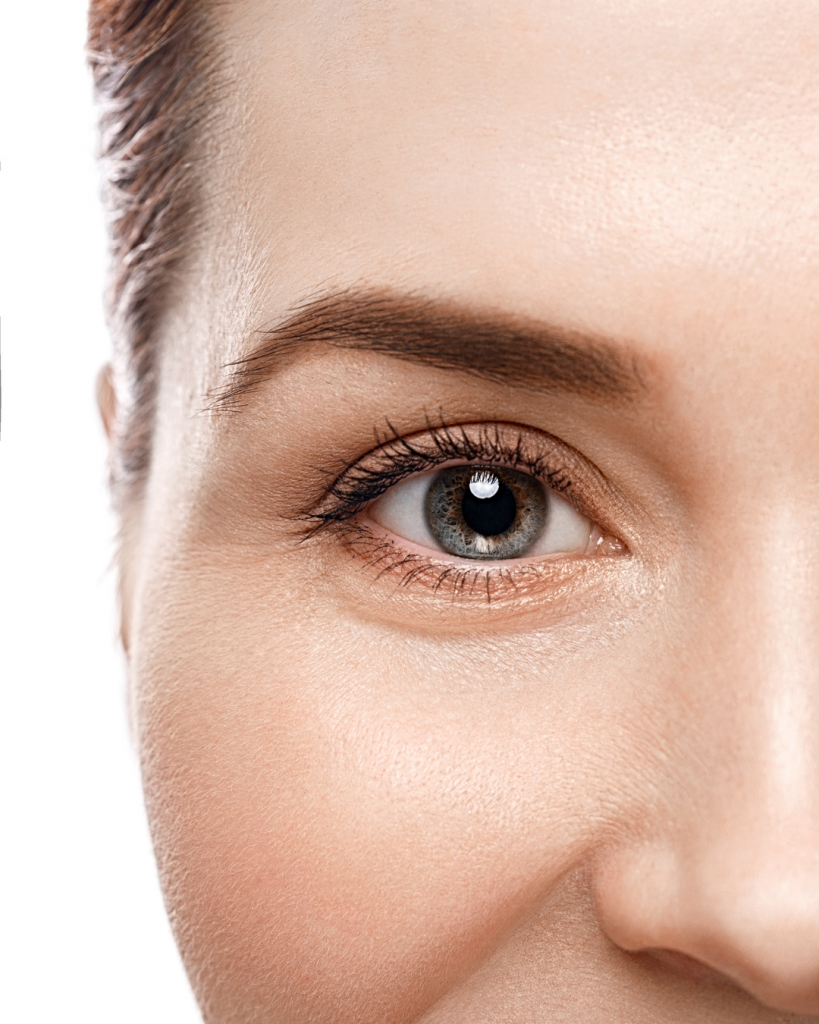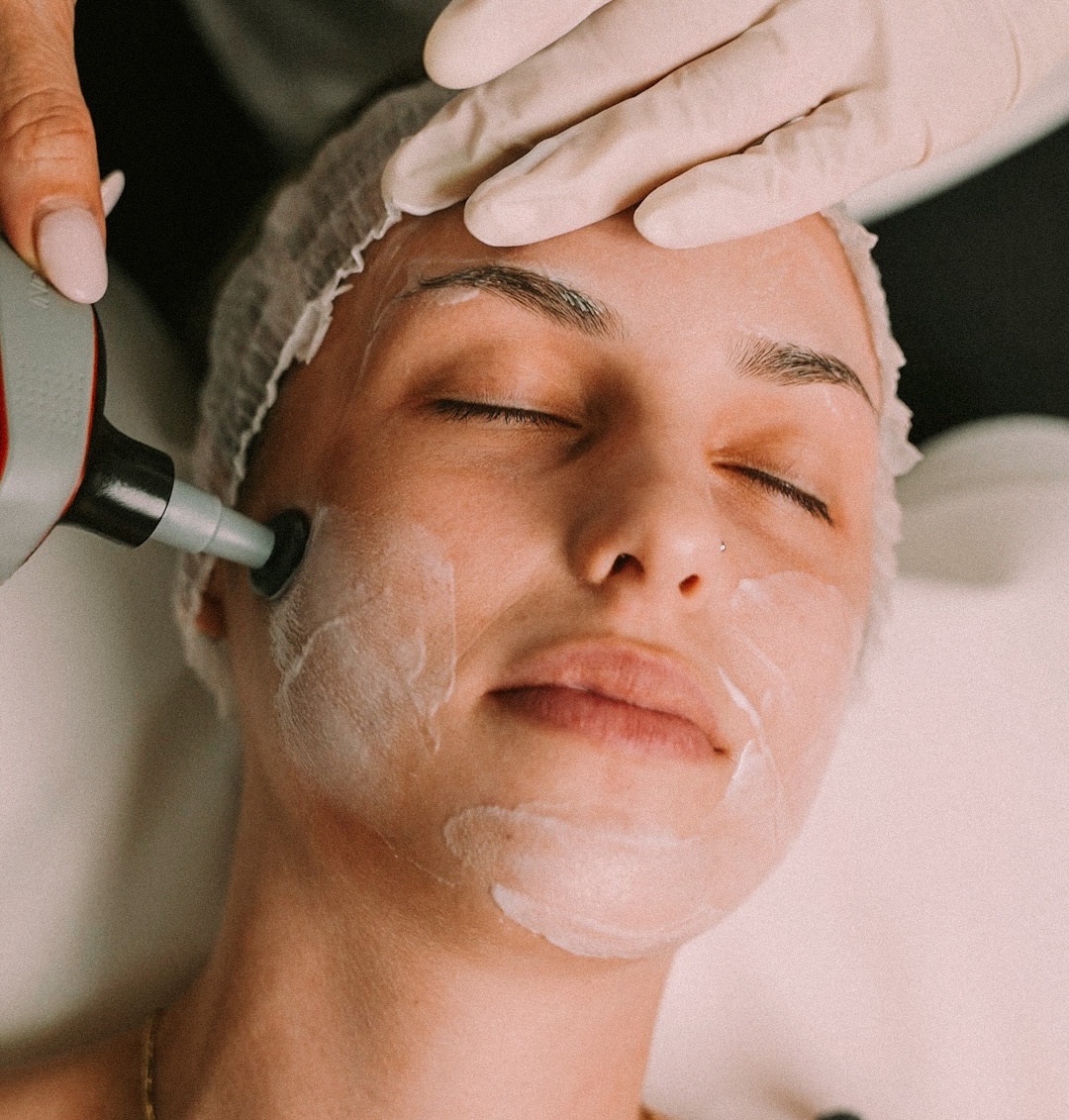Dark circles are one of the most common cosmetic problems that affect people of all ages. Dark circles and puffiness under the eyes can make us look tired, older, and exhausted, even when we’ve had a good night’s sleep. Although dark circles are generally harmless, many people want to find a way to effectively reduce or eliminate them. In this article, we’ll explore what dark circles are, why they occur, what types of dark circles exist, and how to get rid of them—from natural methods to advanced cosmetic treatments.
What are dark circles?
Dark circles are dark circles, puffiness, or hollows under the eyes that can be temporary or permanent. They are most often the result of the thin and sensitive skin under the eyes, which loses elasticity with age and becomes more prone to discoloration and swelling. Dark circles can be genetically determined, but they can also occur as a result of various internal and external factors.
How do dark circles form?
There are several causes of dark circles, and the most common include:
- Genetics – hereditary factors play a major role, especially in people with thin and fair skin.
- Aging - with age, there is a decrease in collagen production and skin elasticity, which causes thinning of the skin under the eyes and visibility of blood vessels.
- Lack of sleep – poor sleep can cause dilated blood vessels under the eyes and increased dark pigmentation.
- Dehydration – lack of water can make the skin under the eyes dry and grayish.
- Allergies – Allergic reactions can cause inflammation and swelling in the area around the eyes.
- Smoking and alcohol – bad lifestyle habits contribute to poor circulation and increased toxin accumulation, which accelerates the skin aging process.
- Prolonged sun exposure – UV radiation can trigger excessive melanin production, leading to dark circles.

Types of dark circles
Not all dark circles are the same, so it's important to recognize which type you have so you can choose the best way to remove them.
- Pigmentation under the eyes - dark under-eye circles caused by excessive melanin production. They are more common in people with darker skin types.
- Vascular dark circles – are the result of dilated blood vessels under a thin layer of skin, which gives them a bluish or purple tone.
- Sunken dark circles – occur due to loss of volume under the eyes, often caused by aging and loss of collagen.
- Swollen dark circles – are the result of fluid retention in the area under the eyes, often due to poor diet, allergies or lack of sleep.
How to get rid of dark circles under the eyes?
Fortunately, there are a number of methods that can help reduce or completely eliminate dark circles, depending on their cause and type.
1. Natural methods
If your dark circles are mild, you can try reducing them with natural methods:
- Cold compresses – applying cold spoons, chilled tea bags, or ice can reduce swelling and constrict blood vessels.
- Hydration – drinking enough water improves skin elasticity and reduces the grayish appearance of dark circles.
- Healthy sleep – sleeping at least 7-9 hours a night can significantly reduce dark circles.
- Proper nutrition - eating foods rich in antioxidants, iron and vitamin C can improve circulation and skin health.
- Massage the area under the eyes – light massage can improve circulation and reduce fluid retention.
2. Creams and serums
Certain cosmetic products can help reduce dark circles:
- Retinol – stimulates collagen production and helps with dark circles under the eyes.
- Vitamin C - works on hyperpigmentation and improves the glow of the skin.
- Hyaluronic acid – helps to hydrate and fill the thin area under the eyes.
- Peptides - they strengthen the skin structure and reduce wrinkles.
3. Aesthetic treatments to remove dark circles
For a longer-lasting and more effective solution, cosmetic treatments can provide significant results in removing dark circles.
- INDIBA radio frequency – one of the most innovative treatments that uses radiofrequency to stimulate circulation, reduce swelling and promote collagen production, thereby improving the firmness of the skin under the eyes.
- Hyaluronic fillers – hyaluronic acid injections restore volume and fill in sunken dark circles.
- PRP treatment (vampire lift) – uses blood plasma rich in growth factors to stimulate skin regeneration and improve its elasticity.
- Laser treatments - are used to remove pigmentation and stimulate collagen.
- Chemical peeling – can help lighten pigmentation under the eyes.
Dark circles are a common problem, but there are many effective ways to reduce or eliminate them. It is crucial to understand their cause in order to choose the right treatment. From natural methods and quality skincare to modern aesthetic treatments like INDIBA radiofrequency and hyaluronic fillers, it is possible to significantly improve the appearance of the under-eye area. If you want a longer-term solution, consulting with experts can help you find the best treatment tailored to your needs.





